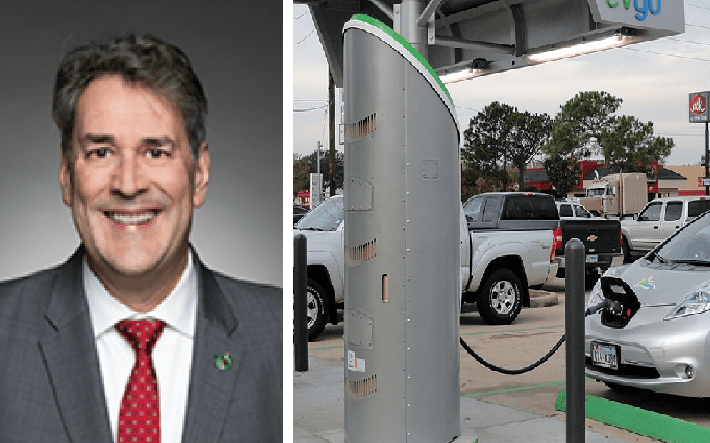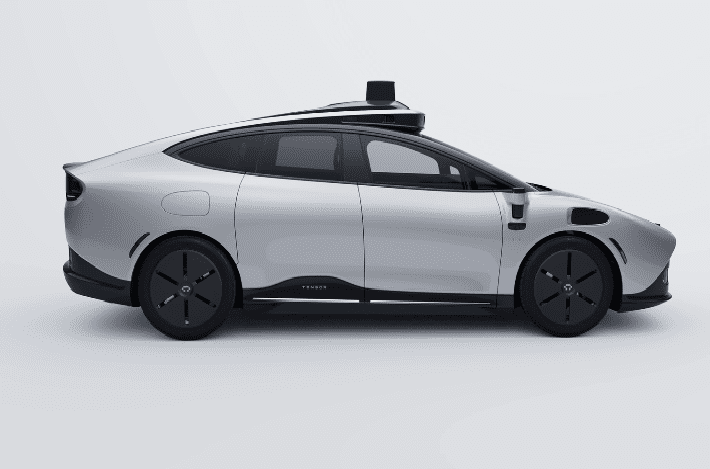Toronto, Ontario — In this weekly electric and autonomous vehicle report, Ford informs dealers to pause electric vehicles (EV) investments while changes are made to the Model E Program; while University of Toronto Engineering researchers work to help improve the memory of self-driving vehicles.
Remodeling Model E
Ford has reportedly told its dealerships to temporarily halt investments related to its electric vehicle (EV) certification program as it receives feedback from its dealer network related to affordability and other issues.
Drive Tesla specifically noted that Ford’s decision to pause the certification investment is reportedly “influenced by the financial performance of its EV division. The company reported a significant loss of over $100,000 per EV sold in the first quarter of this year and projects a loss of up to $5.5 billion for its EV business unit in 2024.”
Drive Tesla also noted that “in November, Ford had already adjusted the program’s requirements, reducing the number of Level 2 chargers needed for certification and eliminating the Level 3 fast charger requirements.”
While the length of the suggested pause is unknown, the dealers that Ford has so far communicated with to work on program changes have, to date, provided positive feedback about the conversations currently taking place.
Molding memories
According to a press release from the Engineering Science Department of the University of Toronto, a team of university engineering researchers are working to enhance the reasoning ability of autonomous vehicles with the goal of increasing their reliability and safe operation in changing environments.
The Toronto Robotics and A.I. Laboratory, headed by Professor Steven Waslander, is specifically focusing on increasing the multi-object tracking potential of self-driving cars using SWTrack.
Tracking information for the vehicles is collected from computer vision sensors such as 2D camera images and 3D Lidar scans, and then this information is filtered in time stamps at 10 second intervals to predict the future movement of moving objects.
“Once processed, it allows the robot to develop some reasoning about its environment. For example, there is a human crossing the street at the intersection, or a cyclist changing lanes up ahead,” said Sandro Papais, UTIAS PhD student.
“At each time stamp, the robots’ software tries to link the current detections with objects it saw in the past, but it can only go back so far. My current research direction expands robot reasoning by improving its memory capabilities.”
“SWTrack widens how far into the past a robot considers when planning. So, instead of being limited by what it just saw one frame ago and what is happening now, it can look over the past five seconds and then try to reason through all the different things it has seen.”
Moreover, according to the press release, the research team tested, trained and validated their algorithm on datasets gathered from vehicles operating using nuScenes, a public, large-scale dataset for autonomous vehicles.
Researchers found that each time they extended the temporal window to a maximum of five seconds, the tracking performance of the self-driving vehicles improved. Past five seconds, the algorithm’s performance was reportedly slowed down by computation times.
To see U of T’s full interview, click here.
The post EV/AV Report: Ford asks dealers to pause EV investments; while self-driving vehicles work to remember appeared first on Collision Repair Magazine.



















